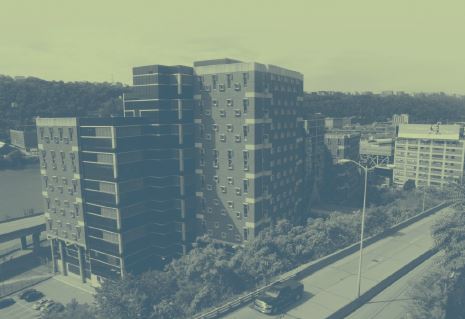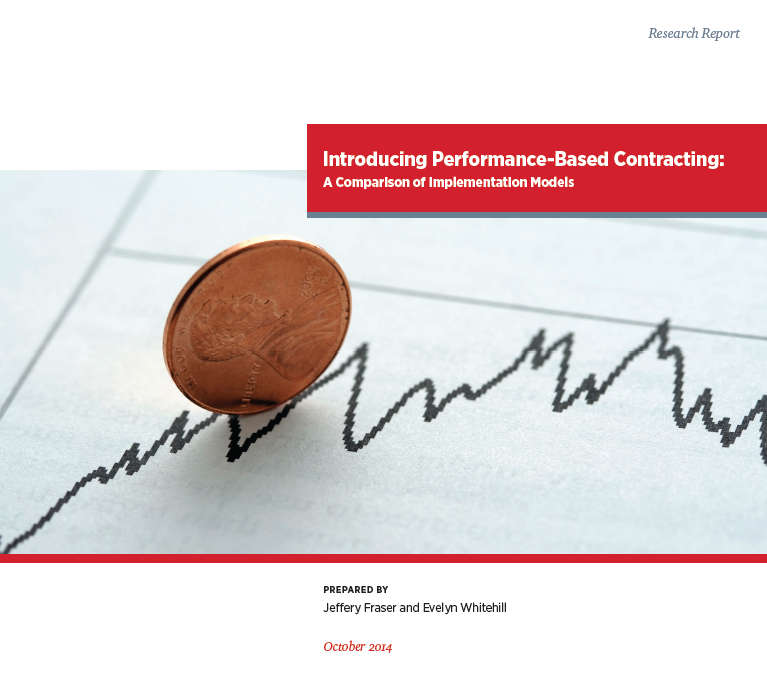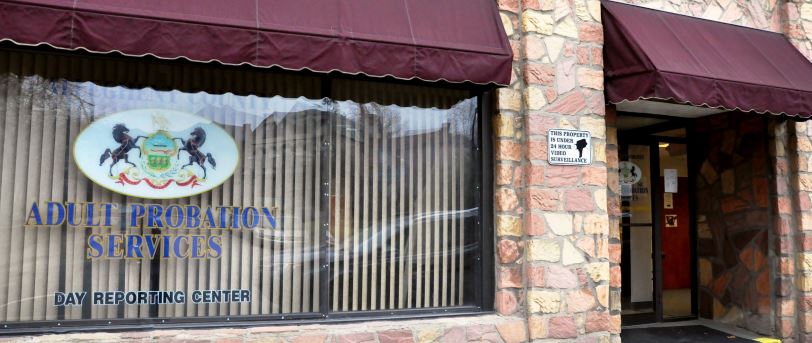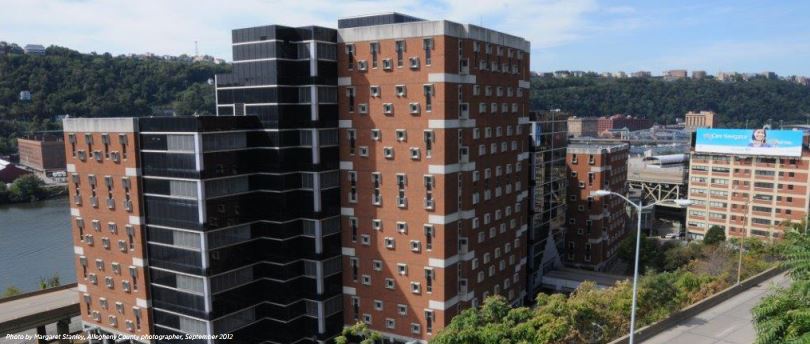The Jail Collaborative identified four primary recidivism reduction strategies as its focus for this three-year period: 1) ensure high quality, evidence-based programs for people at a higher risk of re-offending; 2) make transition to the community effective for each person leaving the jail; 3) reduce barriers for formerly incarcerated people and 4) develop a comprehensive plan for diversion, treatment and support for people with behavioral health issues. These strategies were selected on the basis of severity of need, research that demonstrates their efficacy, and cost/benefit to taxpayers.
Information about the Jail Collaborative and its activities, as well as further details about these four strategies, are included in the Strategic Plan.





